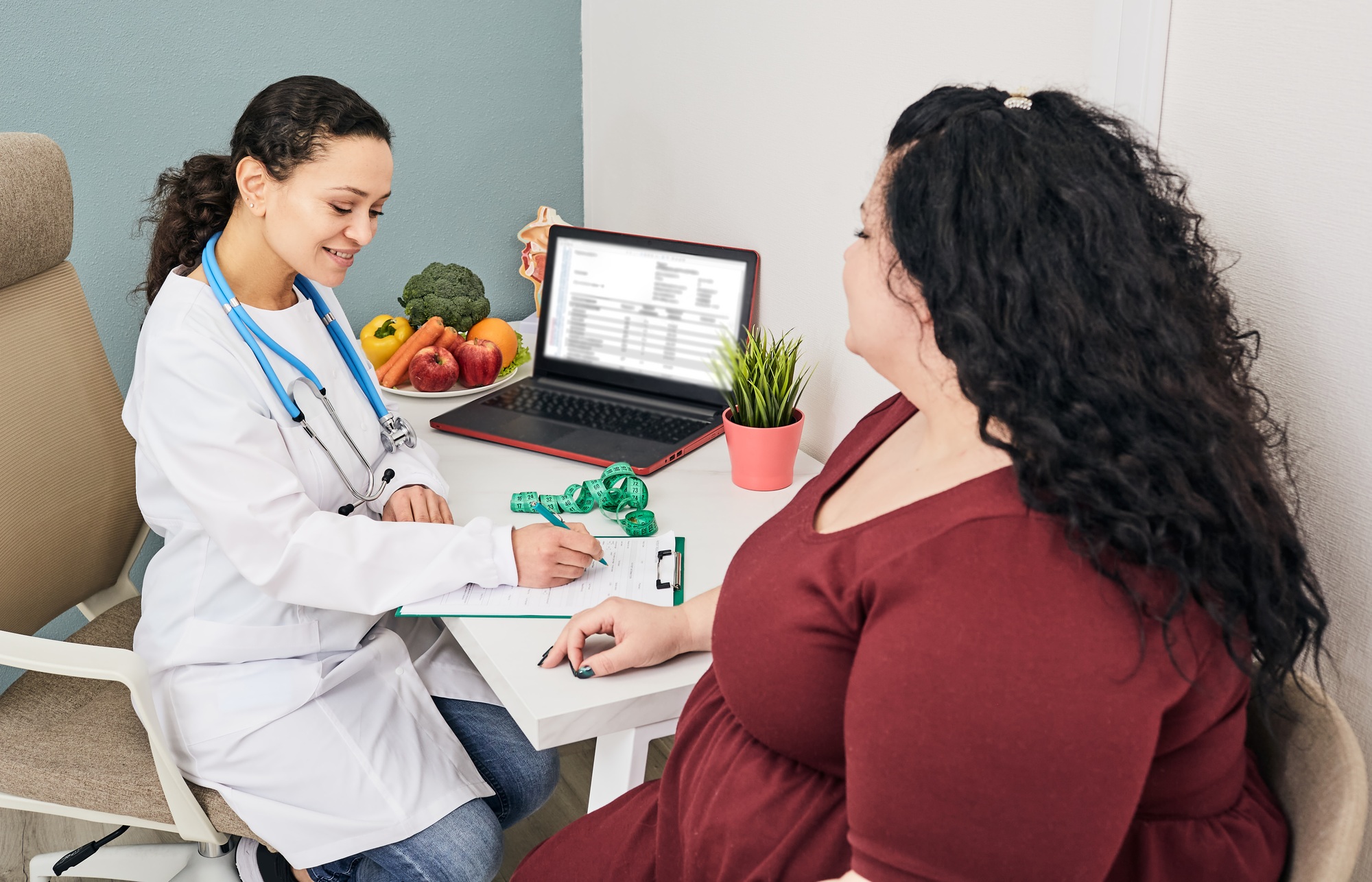When it comes to emergencies, from hurricanes to pandemics, the old saying “better safe than sorry” rings truer than ever.
Whether it’s a natural disaster, a health crisis, or an unexpected event, being prepared can make all the difference for your practice and your patients.
Instead of waiting for the next crisis to unfold, why not take proactive steps now? In this blog, we’ll explore how to get started with emergency preparedness in your medical office, making sure you’re ready to face whatever comes your way with confidence and resilience.
Why Emergency Preparedness Matters
Private practices face unique challenges when it comes to emergencies. Unlike hospitals, they might not have the resources for large-scale operations but are just as vulnerable.
Having a plan means you’ll be ready to continue caring for your patients and keep their trust intact. It’s about understanding the impact potential emergencies may have on your livelihood and taking proactive steps to tackle them head-on.
What Are Your Risks and Vulnerabilities?
Every practice has its own set of risks. Whether you’re in an earthquake-prone area or dealing with the risk of fires or disease outbreaks, your first step is identifying these threats. This allows you to create a personalized plan that effectively targets your office’s unique vulnerabilities.
Legal and Regulatory Requirements
Staying prepared isn’t just smart—it’s legally necessary. Healthcare providers must meet several legal and regulatory standards for emergency preparedness. Make sure you align with these requirements, including HIPAA compliance during crises. The CMS emergency preparedness guidance can be a great resource here.
Crafting Your Emergency Plan
Develop Emergency Protocols
Equip your office with protocols for every scenario, from fires to active shooters. Ensure these steps are clear and actionable so your team can maintain safety and security during a crisis. If you need the help of experts, resources are out there to help you implement emergency response strategies that include being without power, prolonged internet outages, and business interruption insurance.
Train Your Staff
Your team needs to know what to do when disaster strikes. Talk through scenarios. Regular training sessions and drills build confidence and make sure everyone knows their role. It’s all about being prepared together.
Communication is Key
In an emergency, chaos can reign. That’s why you need a robust communication plan. Establish reliable channels to keep staff and patients informed quickly and accurately. Consider tools like walkie-talkies or secure messaging apps to stay connected.
Think through how to communicate with patients about appointments. When weather causes your office to close, being able to post info to your website, social media, and phone system is critical.
Essential Supplies and Contacts
Keep your office stocked with essential supplies like first-aid kits and backup power sources. Being prepared means having a buffer to handle emergencies without having to scramble. Also, compile a contact list of local emergency resources and hospitals to save precious minutes when it counts.
Conclusion
Remember, emergency preparedness isn’t just about having a plan. It’s about owning it, ensuring your team knows their roles, and staying informed. Start preparing today and transform uncertainty into confidence. After all, as Benjamin Franklin wisely said, “By failing to prepare, you are preparing to fail.” Protect your patients, staff, and practice with a clear, actionable plan.
Ready to get started? Check out the CDC’s preparedness and planning guide for more insights. Stay vigilant, stay prepared, and make your practice a beacon of safety and resilience.





